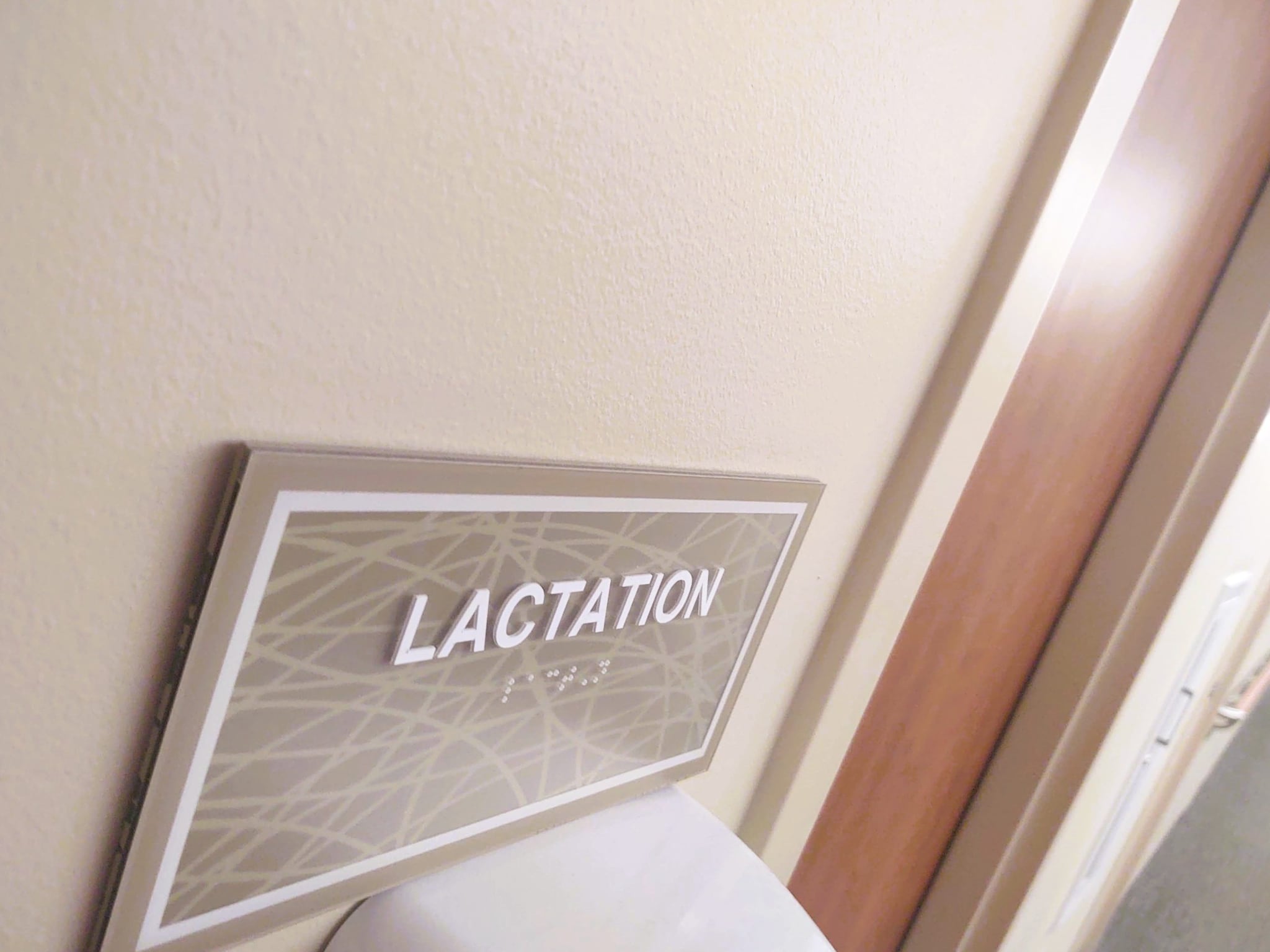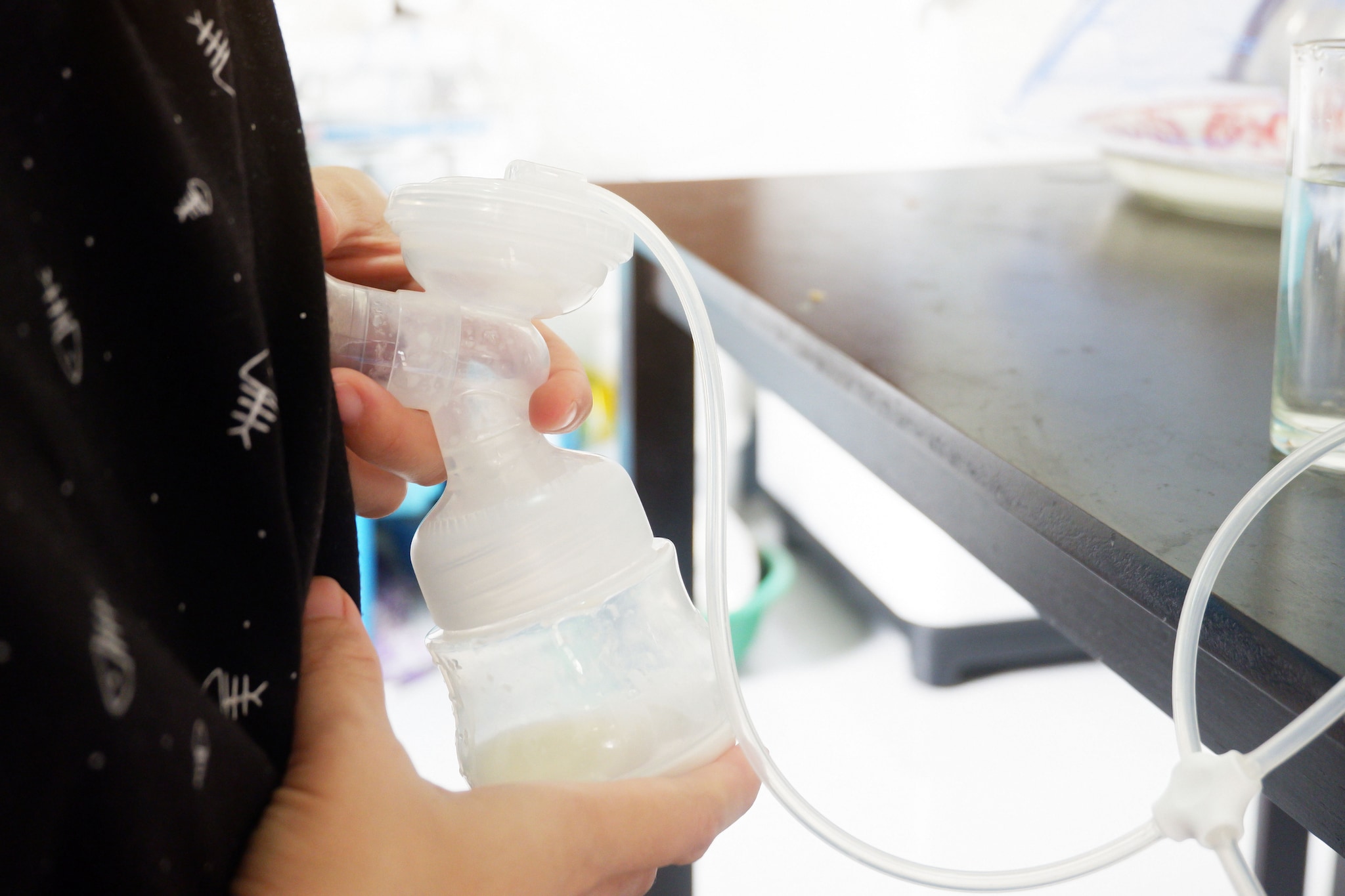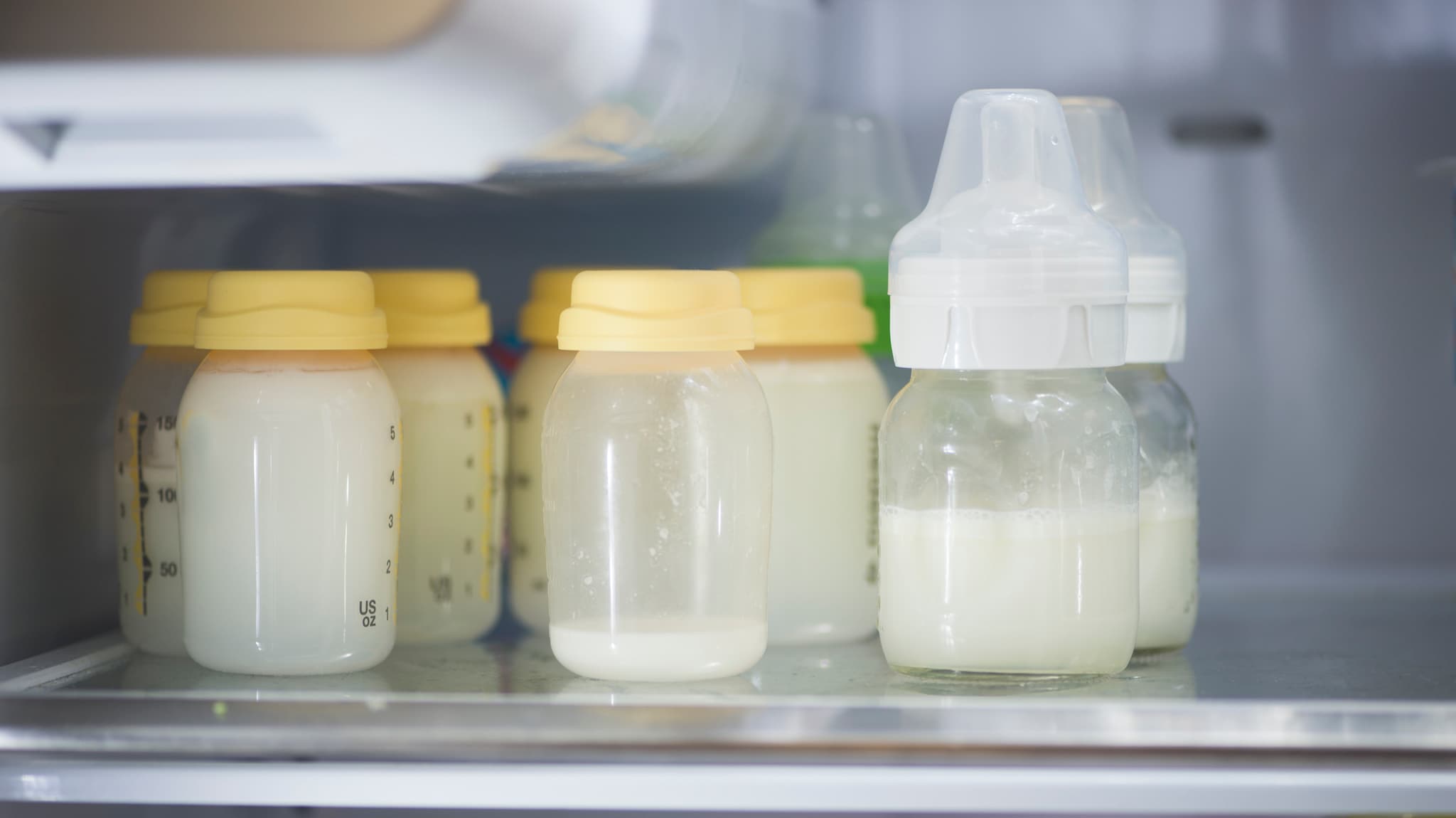At a glance
Breast milk is the best source of nutrition for most babies. As your baby grows, your breast milk will change to meet their nutritional needs. Breastfeeding can also help protect you and your baby against illnesses and diseases. These tips will help you continue breastfeeding as you prepare to return to your workplace.

Get ready to return to work
Breastfeeding benefits both baby and mom. If you're planning your return to work after having a baby, you may be wondering how to continue providing breast milk to your baby. You can take steps to help make the transition smoother for you and your baby. Here are a few tips and resources to help you prepare to return to your workplace.
1. Talk to your employer.
Schedule time to talk to your employer. Having this conversation early will help you to create a plan before returning to work. Prepare by writing down your questions and reviewing your rights as a breastfeeding employee. You may want to talk with your employer about:
- Where you can express breast milk in a private, non-bathroom space.
- Where you can store breast milk (for example, refrigerator or insulated cooler).
- Where you can clean pump parts.
- What times during your work schedule are best for you to express breast milk.

2. Learn to pump or express breast milk.
Having expressed breast milk allows you or another caregiver to feed your baby breast milk from a bottle. This is especially helpful when you're going back to work. Before you return to work, plan to buy or rent a breast pump. Check with your insurance provider for coverage options.
Once you receive your breast pump, read the user manual to learn how to properly use it. Reach out for support from a lactation support provider if you need help using your breast pump. If you cannot get a pump, or have limited access to a pump, learn how to hand express directly into milk collection containers.

Start pumping a few weeks before you return to work. This will give you the chance to practice pumping and help your baby to get used to feeding from a bottle. You may also want to pump a few extra ounces to put in your freezer. You can use this extra milk for your baby's bottles during their first day or week of daycare.
When away from your baby or if you exclusively pump your milk, try to pump as often as your baby drinks breast milk. Your milk supply is all about supply and demand. To maintain your supply while at work, removing milk is important.
3. Learn to store breast milk while at work.
When expressing milk at work, store milk properly to maintain its safety and quality. Expressed breast milk is safe to store in an employee refrigerator with other food. Try to store the expressed milk in the back of the refrigerator. The temperature there is the most constant and coldest.

If a refrigerator is unavailable, store breast milk in an insulated cooler with ice packs for up to 24 hours. Bring your pumped breast milk home with you each day. Once you get home, use the milk right away, store it in the refrigerator, or freeze it.
Store breast milk in storage bags designed for breast milk or clean, food-grade containers. Make sure the containers are made of glass or plastic and have tight-fitting lids. Clearly label the breast milk with your name and the date that you expressed the milk. Learn more about how to properly store breast milk.
4. Work with your childcare provider.
Your child's early care and education (ECE) team is important to help you reach your breastfeeding goals. When searching for a childcare or ECE provider, choose one that supports breastfeeding. Before returning to work, visit your baby's childcare center and meet with the staff. Ask the staff how they can support you in continuing to provide breast milk to your child while separated. You may want to ask:
- How does your childcare center support breastfeeding?
- Is there a place on-site that you can breastfeed your child or express milk during the day?
- How should you prepare, label, and send breast milk for your child?
- How does the childcare center ensure proper storage, handling, and preparation of breast milk?

5. Get support.
Breastfeeding and expressing milk while returning to work can be challenging. Know where to turn for support when you need it. Here are some helpful resources:
- Learn about available breastfeeding support from the Special Supplemental Nutrition Program for Women, Infants, and Children (WIC).
- Know about the different types of lactation support providers [PDF-188KB] and where to find helpful breastfeeding information.
Resources
For families
- About Breast Pump Hygiene
- Breast Milk Storage and Preparation
- Get Support from WIC
- Your Breastfeeding Rights
- Breastfeeding and Returning to Your Workplace
For employers
- FLSA Protections to Pump at Work
- Promoting Worker Well-Being Through Maternal and Child Health: Breastfeeding Accommodations in the Workplace
- Workplace Support in Federal Law
- Business Case for Breastfeeding
